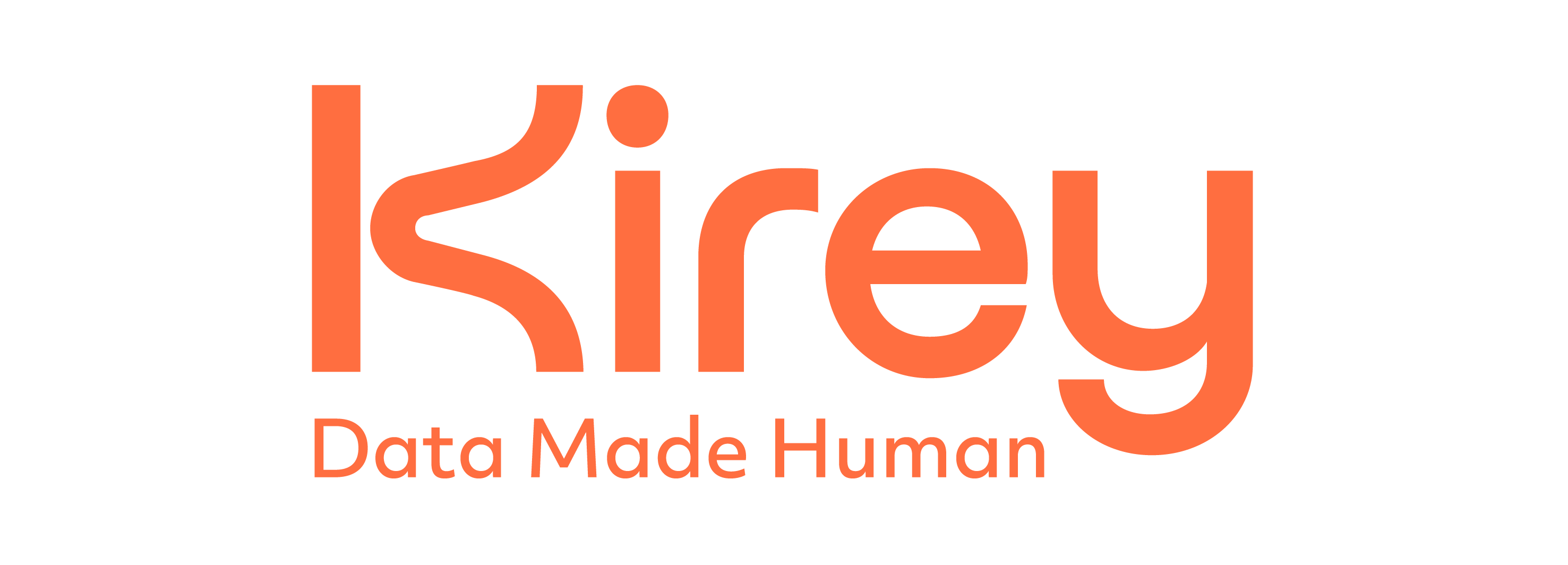Companies derive much of their competitiveness from software in this increasingly digitalized world. Today, applications support internal productivity, customer relationships, production processes, communications, and collaboration in increasingly dispersed and hybrid work environments.
The software systems that support critical or mission-critical processes are at the core of a company's application ecosystem. These systems, which should logically be the most modern, flexible, high-performing, future-proof, and scalable, are often outdated, hampering the innovative capacity and competitiveness of the entire organization. This is where the concept of legacy modernization comes in.
What is a Legacy System, the Pillar of Mission-Critical Processes
First, what is meant by a legacy system? In the software world, a legacy system is still in use despite being outdated or surpassed by current technological, methodological, and architectural standards. Legacy systems are often critical to an organization's processes and business, posing significant risks during the transition to new systems.
Interrupting a mission-critical application can result in substantial economic losses, significant impacts on regulatory compliance, and damage to brand reputation, often the most significant harm. Gartner once quantified enterprise downtime costs at $5,600 per minute; more recent studies estimate it at $9,000 per minute. In any case, it's a huge amount.
Legacy Systems: Prevalence and Reasons for Upgrading
Companies have always been reluctant to replace their traditional systems, opting instead for gradual updates, often with significant difficulty. Precisely quantifying the presence of legacy software in a given sector or market is challenging, but recent research suggests two out of three companies still use mainframe or legacy systems for core processes.
These systems, while functioning and fulfilling their intended purpose, are based on obsolete architectural approaches, technologies, languages, and methodologies, leading to several critical issues:
- High costs, both in terms of management and especially maintenance;
- Poor scalability, an essential requirement for business-supporting software;
- Security vulnerabilities, a major issue in a world with increasing cyber incidents each year;
- Difficulty in finding dedicated skills, as legacy applications are often written in outdated languages;
- Lack of innovation capability, such as integrating artificial intelligence, which can be complex, costly, and unsustainable with dated applications;
- Lack of support, as legacy applications often rely on technologies no longer supported by vendors, exposing the company to many risks and further increasing management costs.
What is Legacy Modernization
Legacy modernization refers to the process of updating and transforming existing software systems to more modern and efficient solutions, based on technologies, architectural approaches, languages, and methodologies suitable for supporting contemporary business.
In the last two decades, driven by the proliferation of cloud technologies, the world of software development and management has undergone continuous and rapid progress. Programming languages have evolved, but more importantly, software architectures and development and deployment methodologies have drastically improved.
For example, in terms of architectures, there has been a shift from a rigidly monolithic approach, where all system components were closely interconnected and dependent, to more flexible and modular paradigms based on continuous communication between independent services and components (Service Oriented Architecture, and now microservices architecture). Regarding development and deployment methodologies, the traditional waterfall model has given way to more agile and modern paradigms like DevOps, which are iterative, collaborative, and emphasize automation.
Legacy modernization has no predefined paths. Depending on the starting point, requirements, objectives, timelines, and budgets, companies can pursue various modernization strategies, even gradual and progressive ones, to align their core applications with the current state of the art in software systems.
Key Application Modernization Strategies
As mentioned, there is no single legacy modernization strategy. Each application should be managed independently, considering its centrality in the company's ecosystem, compliance requirements, dependencies on other software, and available budget. In the planning phase, companies should thoroughly assess their application ecosystem, identify the pros and cons of each strategy, and choose the most suitable ones based on objectives, costs, and available budgets. The options are numerous, and we will list the most common ones here.
Lift and Shift
This is a typical cloud-based approach that involves simply migrating the application from on-premise infrastructure to a cloud environment with minimal code changes and without altering its architecture. Also known as rehosting, it allows leveraging the resilience, performance, and security of cloud infrastructures with quick implementation times and lower costs.
Replatforming
In this case, the source code is modified, but not radically. The goal is not to overhaul the core of the application but to modify the code to make it compatible and to leverage the services of the destination (cloud) platform. Compared to the previous case, this increases time and costs, but also performance, resilience, and security benefits.
Refactoring
This is the most radical approach, transforming the application to be fully Cloud Native, achieving maximum scalability, security, and flexibility. The application becomes natively modular, based on modern architectures, and manageable with agile approaches like DevOps. The effort required is significantly higher than in previous cases.
Replacing
This modernization approach involves retiring the existing application and replacing it with a commercial one, usually delivered as a SaaS service. Pros and cons must be defined case by case, but it is undoubtedly a radical approach in terms of discontinuity and requires skilled change management.
The Cornerstone of Digital Transformation
Modernizing legacy applications is an essential step in the context of digital transformation. Updating the application landscape means not only improving productivity, scalability, security, and efficiency but also accelerating and enhancing the company's innovative capacity. This can lead to new market opportunities, a significant competitive advantage, and an overall improvement in the experiences of customers and employees.
